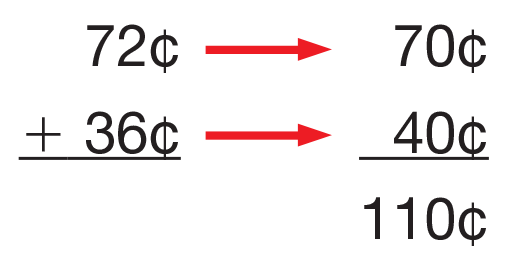Students group and classify buttons with a variety of characteristics. The lesson begins with the book The Button Box by Margarette S. Reid, a story about a child who examines the many different buttons in Grandma’s button box. Student pairs estimate the number of buttons in a collection. Through a discussion, students create a list of characteristics by which to sort a bag of buttons. Then they choose a sorting method, sort buttons, and record the results in a drawing.
Content in this Lesson
- Using efficient grouping strategies to count a collection of objects [E3].
- Using a benchmark to estimate a quantity of objects in a collection [E4].
- Sorting and classifying objects by their characteristics [E8].
Daily Practice and Problems A–D
Assessment in this Lesson
| ASSESSMENT | EXPECTATION ASSESSED |
|---|---|
|
All Sorts of Buttons Student Activity Book Pages 67–68 |
|
|
How Would You Sort Them Student Activity Book Page 69 |
|
|
DPP Item A Addition Flash Cards: Group C Teacher Guide - digital |
|
















